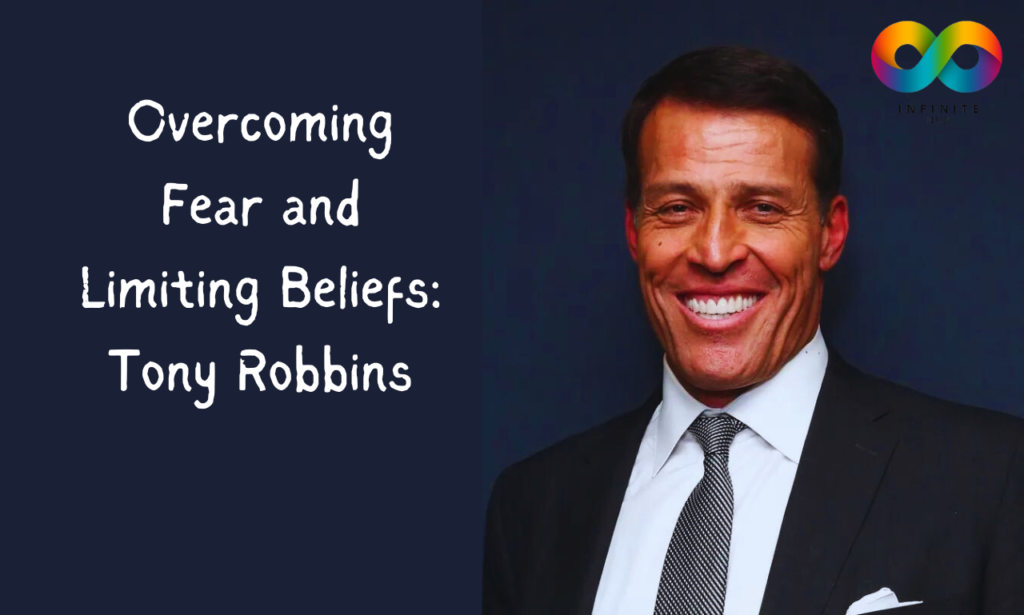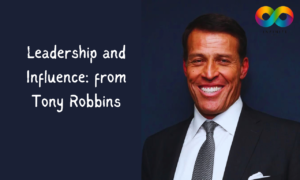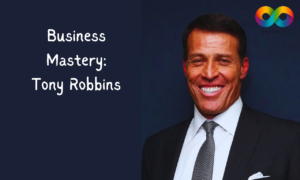
Fear and limiting beliefs can be some of the most significant obstacles to personal growth and success. These internal barriers prevent individuals from realizing their full potential and achieving their goals. Renowned life coach Tony Robbins has dedicated his career to helping people overcome these challenges. By using a combination of psychology, motivational techniques, and practical advice, Robbins provides valuable strategies for conquering fear and transforming limiting beliefs.
Understanding Fear and Limiting Beliefs
Before diving into the strategies, it’s essential to understand what fear and limiting beliefs are and how they operate. Fear is an emotional response to perceived threats, which can be physical, emotional, or psychological. Limiting beliefs are the convictions we hold about ourselves that constrain our abilities and potential. These beliefs often stem from past experiences, societal conditioning, and internalized negative feedback.
The Origin of Limiting Beliefs
According to Tony Robbins, many limiting beliefs are formed in childhood when we are most impressionable. Experiences, comments from authority figures, and social comparisons can shape our self-perception. For example, being told “you’re not good enough” repeatedly can lead to a belief that hinders future efforts and achievements. These beliefs become self-fulfilling prophecies, as our actions align with our internalized limitations.
Strategies for Overcoming Fear and Limiting Beliefs
1. Change Your State
Tony Robbins emphasizes the importance of changing your state, which refers to your emotional and physiological condition at any given moment. By altering your state, you can shift from fear and doubt to confidence and determination. Techniques to change your state include:
- Physical Movement: Exercise, dancing, or even a brisk walk can alter your physiology and improve your mood.
- Breathing Techniques: Deep, controlled breathing can reduce anxiety and bring clarity.
- Positive Affirmations: Repeating empowering statements can counteract negative self-talk.
2. Reframe Your Perspective
Reframing involves changing the way you interpret situations. Instead of viewing challenges as threats, see them as opportunities for growth. Robbins often uses the example of viewing failures not as setbacks but as valuable learning experiences. This shift in perspective can transform fear into motivation.
3. Identify and Challenge Limiting Beliefs
The first step in overcoming limiting beliefs is to identify them. Robbins suggests asking yourself probing questions such as:
- What beliefs are holding me back?
- Where did these beliefs originate?
- Are they based on facts or assumptions?
Once identified, challenge these beliefs by seeking evidence that contradicts them. For instance, if you believe you’re not good at public speaking, recall instances where you successfully communicated in front of others. This process helps dismantle unfounded beliefs and replaces them with empowering ones.
4. Use the Power of Visualization
Visualization is a powerful tool advocated by Tony Robbins. By vividly imagining your desired outcomes, you can program your mind to believe in the possibility of success. Visualization involves creating detailed mental images of achieving your goals, which can enhance motivation and reduce fear. The more vivid and specific the visualization, the more effective it is in influencing your subconscious mind.
5. Take Massive Action
Robbins is a firm believer in taking massive, consistent action towards your goals. Action dispels fear by shifting focus from internal doubts to external efforts. When you take decisive steps, you build momentum and confidence. Even small actions, when taken consistently, can lead to significant progress over time.
6. Surround Yourself with Positive Influences
The company you keep significantly impacts your mindset. Robbins advises surrounding yourself with positive, supportive individuals who encourage growth. Negative influences can reinforce limiting beliefs, while positive ones can inspire and uplift you. Engage with communities, mentors, and friends who share your aspirations and provide constructive feedback.
7. Practice Gratitude
Gratitude shifts your focus from what you lack to what you have. This shift can diminish fear and build a more positive outlook. Robbins recommends a daily gratitude practice, where you reflect on and write down things you are grateful for. This practice can rewire your brain to recognize abundance and possibility rather than scarcity and limitation.
Real-Life Applications
Tony Robbins’ strategies are not just theoretical; they have practical applications that have transformed lives. For example, Sarah, a corporate executive, struggled with the fear of public speaking. By using Robbins’ techniques of visualization and taking incremental actions (starting with small group presentations), she overcame her fear and eventually became a confident keynote speaker.
Another example is Mark, who believed he wasn’t capable of starting his own business. By identifying and challenging this limiting belief, and surrounding himself with supportive entrepreneurs, he gained the confidence to launch his successful startup.
Conclusion
Overcoming fear and limiting beliefs is a journey that requires dedication and consistent effort. Tony Robbins’ methods provide a comprehensive framework for transforming these internal barriers into stepping stones for success. By changing your state, reframing your perspective, identifying and challenging limiting beliefs, visualizing success, taking massive action, surrounding yourself with positive influences, and practicing gratitude, you can unlock your true potential.
Fear and limiting beliefs are powerful, but with the right strategies, they can be conquered. Embrace these techniques, and you’ll find yourself on a path to greater confidence, achievement, and fulfillment. As Tony Robbins famously says, “The only limit to your impact is your imagination and commitment.”



